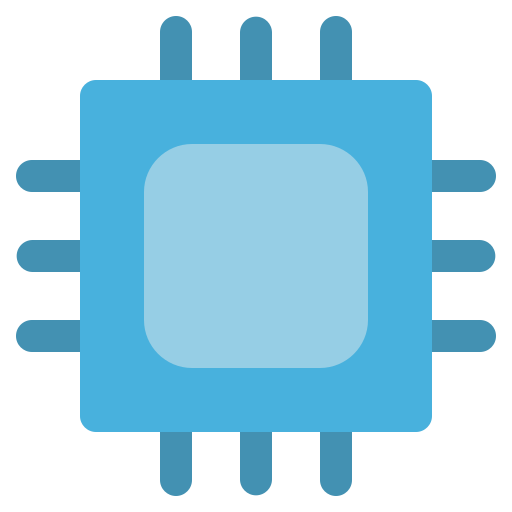

I would recommend PoE security cameras. You probably want support for RTSP / ONVIF.
I have some Amcrest cameras talking to Frigate. It is completely local—cameras on a separate VLAN that can’t talk to the Internet, footage is recorded on a server running Frigate. Works very well for me. No vendor lock-in is also nice!








Whenever I have a Linux box without Internet I just USB tether an Android phone—if the phone is on WiFi then it uses that (not cell), so it’s basically just a WiFi adapter that’s almost universally supported. (I think it NATs, so in some circumstances won’t work, but good enough for most emergency use cases.)